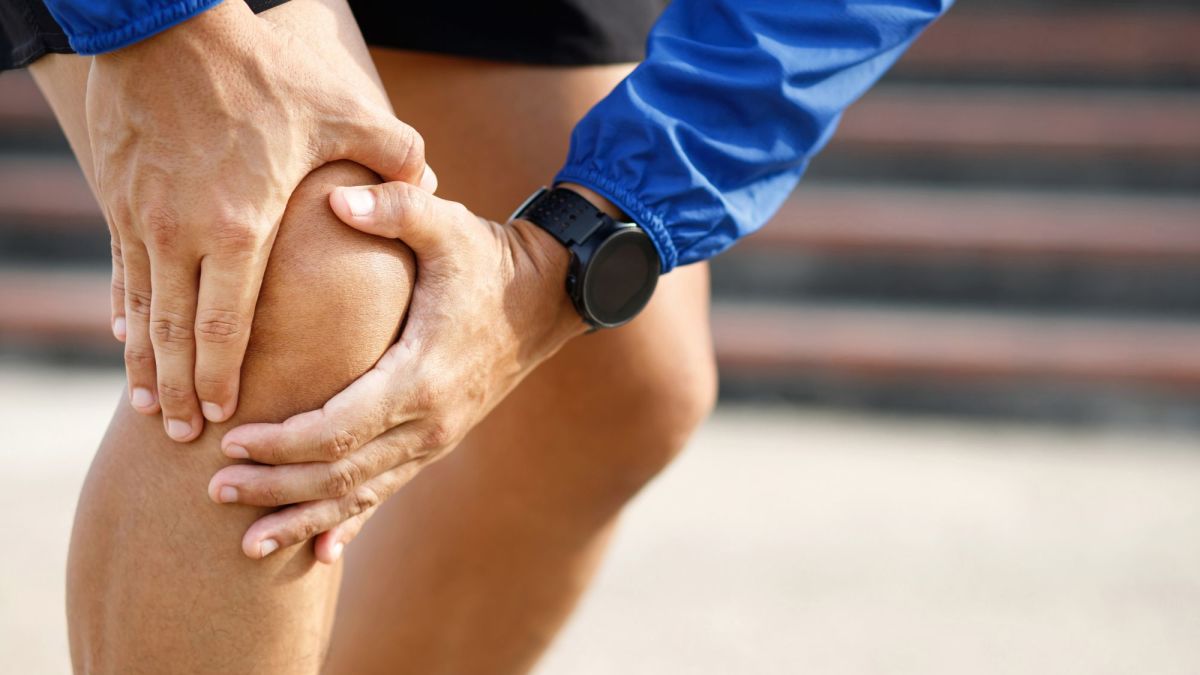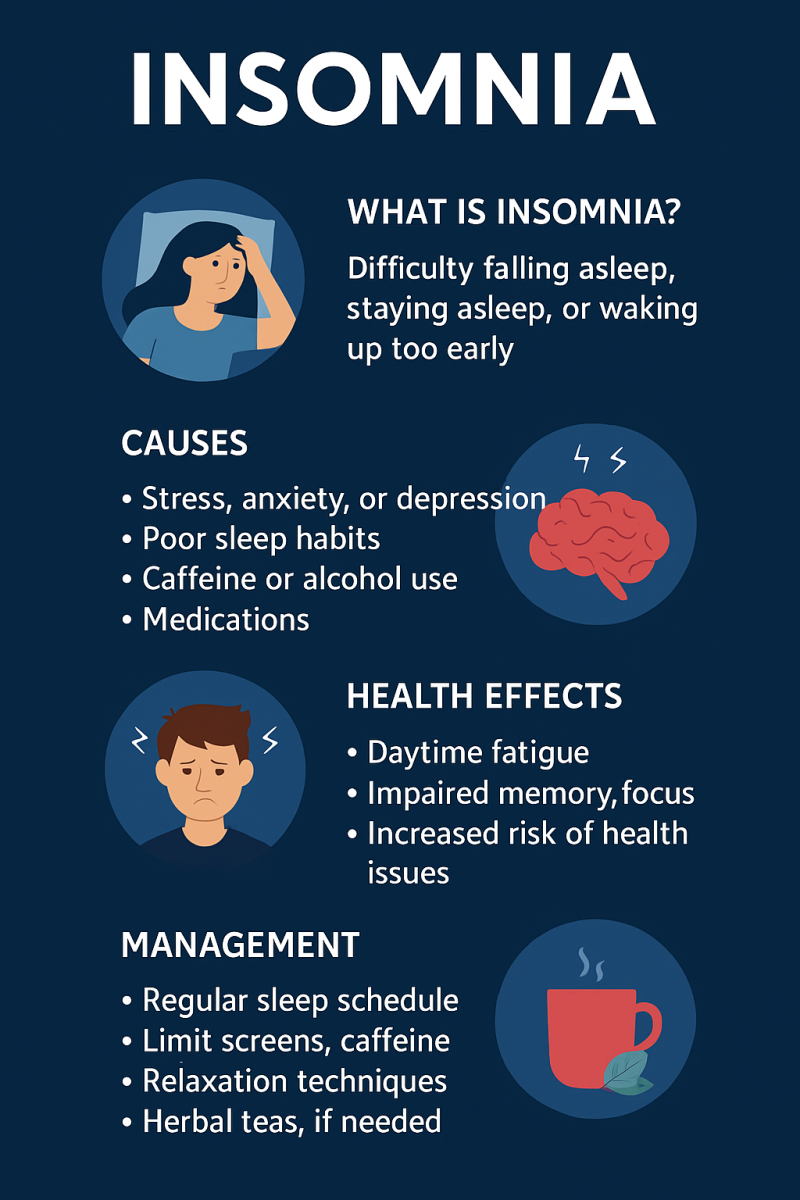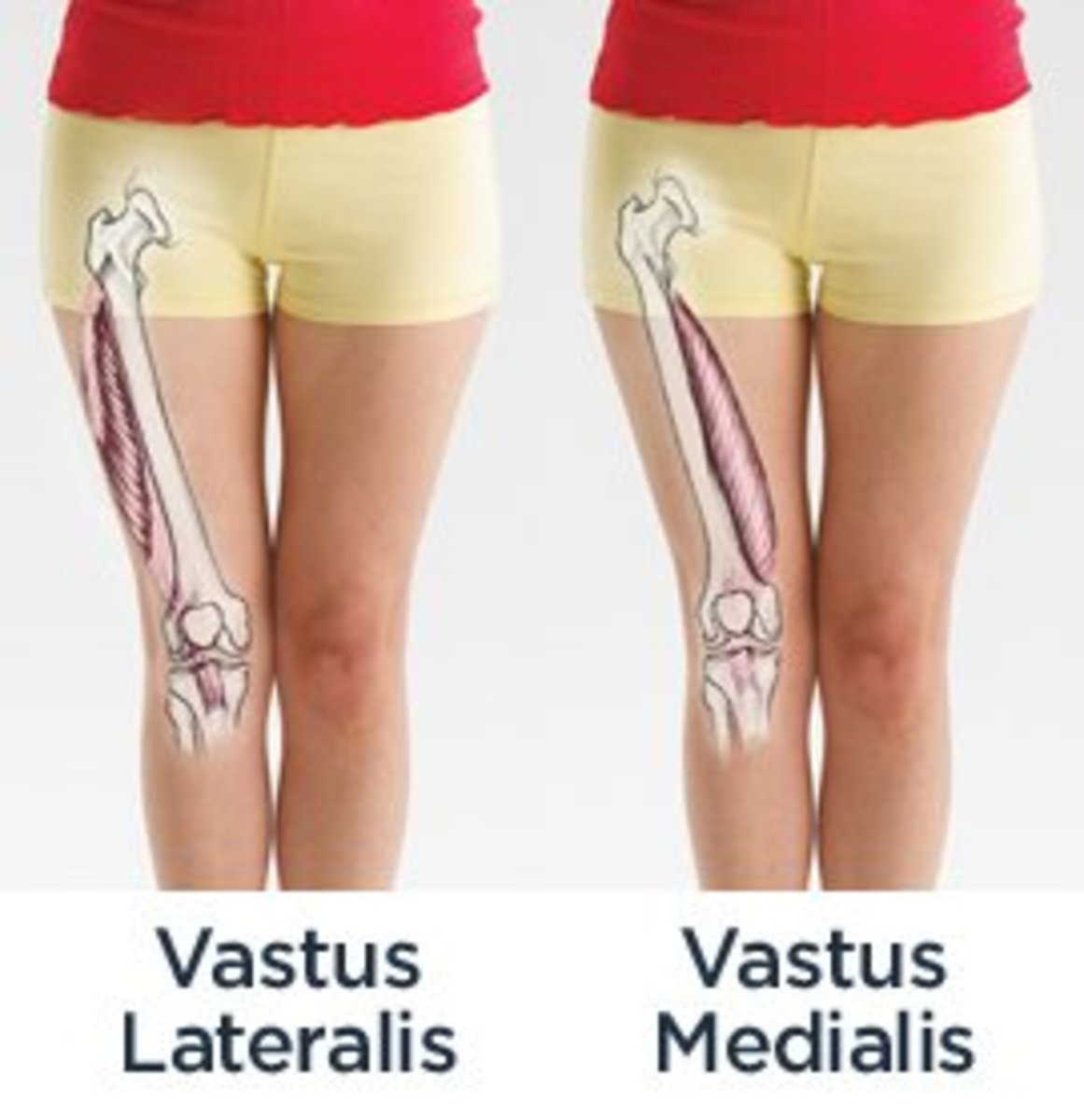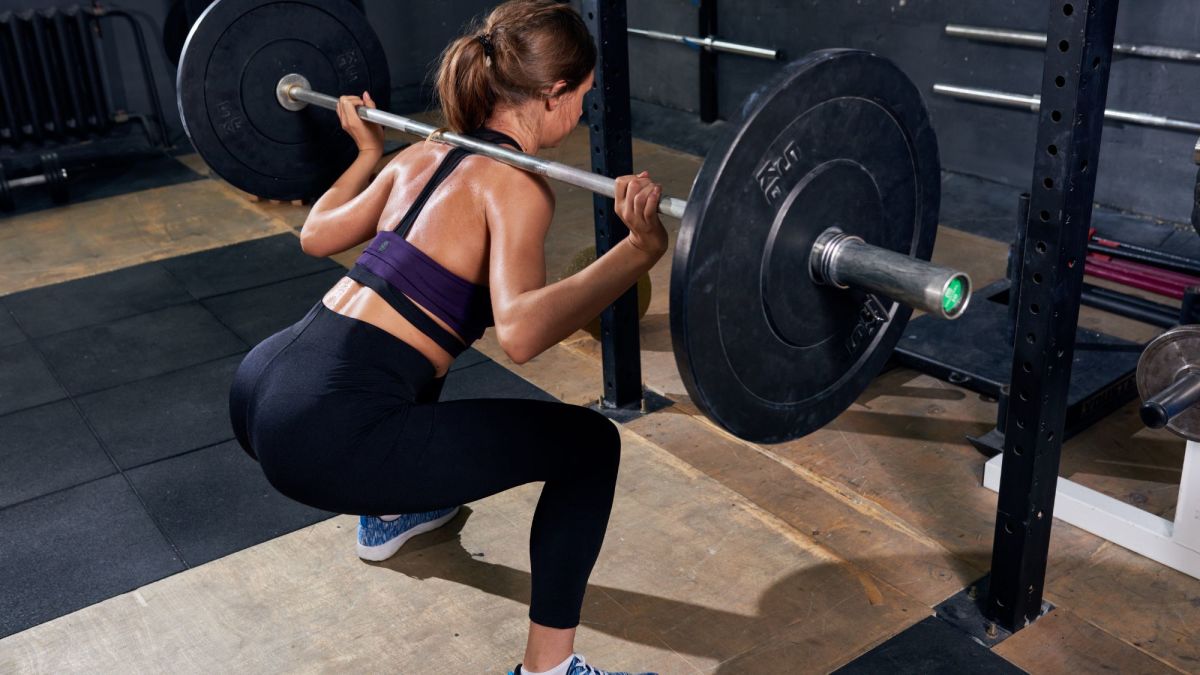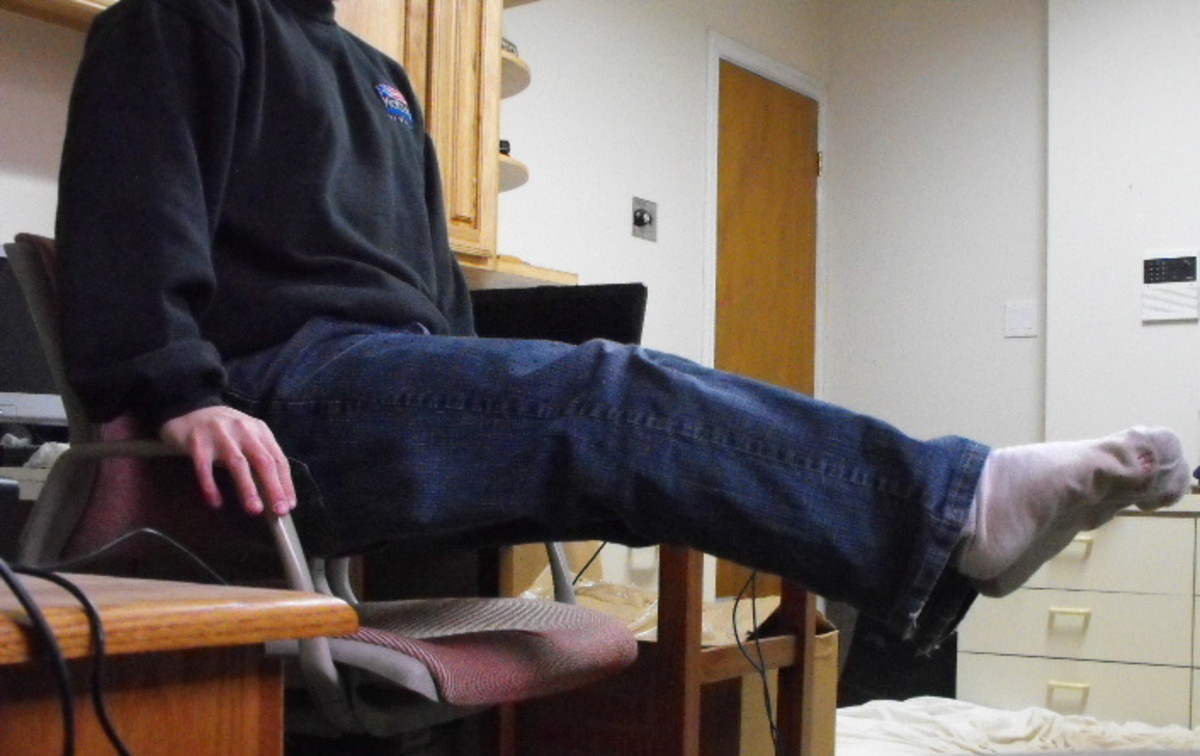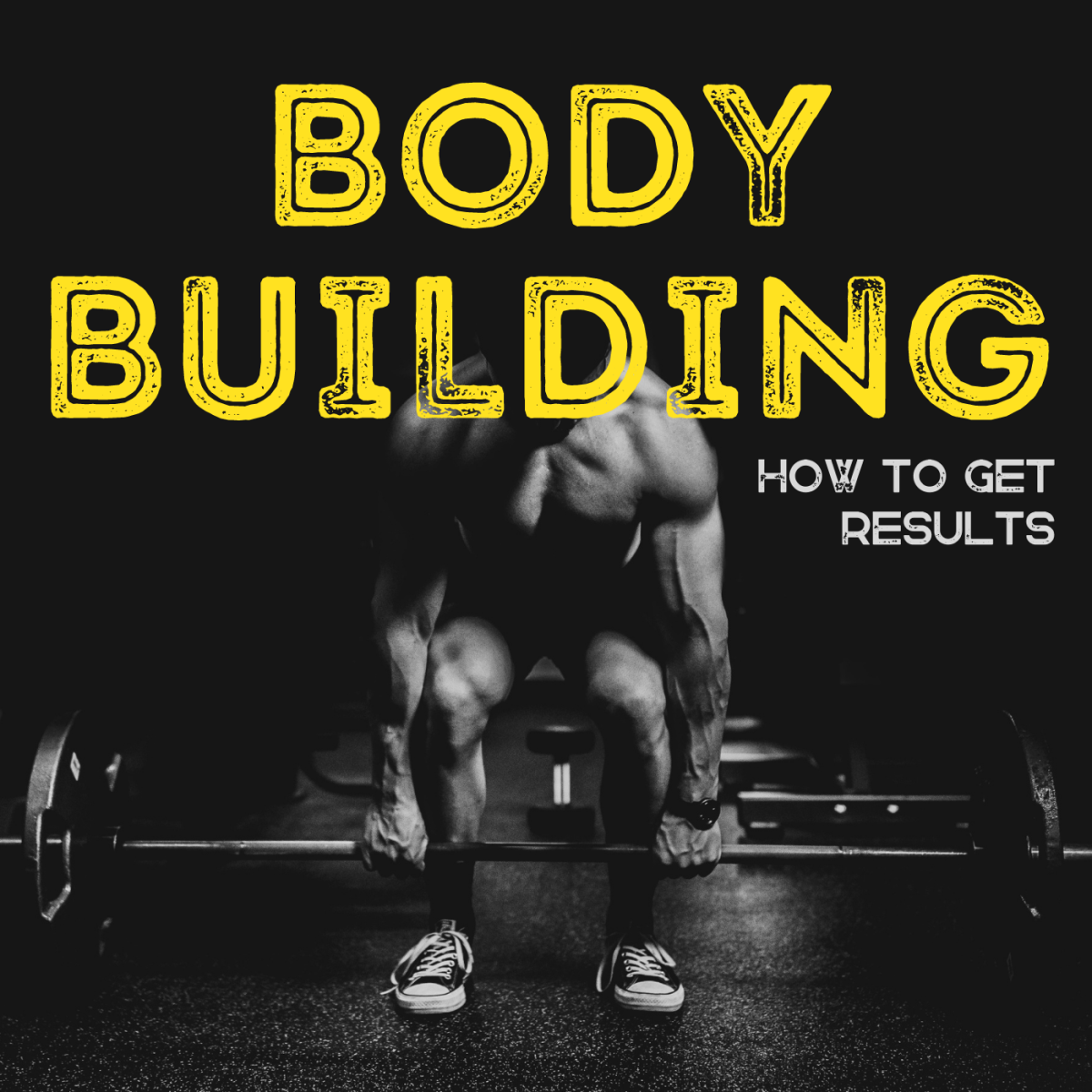Relaxation Exercise
Relaxation Exercise
These exercises can also be used to combat the everyday anxiety and tension associated with anger that arises in most people lives. Here are few exercises that you can use when you feel tense or anxious.
Six Second Quieting Response
This simple breathing technique that you can use very quickly(it only takes 6 seconds)and in almost any situation to relax when you feel anxious or angry.
- Draw a long, deep breath
- Hold it for 2-3 seconds.
- Exhale it slowly and completely
- As you exhale, let your jaw and shoulders drop, feel relaxation flow into your arms and hands.
Quick Head, Neck and Shoulder Relaxers
The remainder of the exercises we will describe involves tensing or stretching certain muscles. If you have had a significant injury, such as whiplash or an injured back, you should not try these exercises without first consulting your physician or physical therapist.
Some of the muscles that most commonly tense up when we are anxious or angry are the neck and shoulder muscles. A quick way to release some of this tension is to first tighten the neck and shoulder muscles as much as possible, then hold this 5-10 seconds. Then completely release the muscles. Repeat this a number or times, focusing on the contrast between the tension and the relaxation.
You can also release the neck and shoulder tension by gently rotating your shoulder first forward and then backward. You can also gently rotate your head from side to side and from front to back in a circular motion. Then repeat movements in the opposite direction. Continue this exercise a number of times until you feel slowly and gently or your may strain neck muscles.
Progressive Muscle Relaxation
Progressive muscle relaxation is a set of techniques for successively tensing and then relaxing voluntarily muscles in a orderly sequence until all the muscles are relaxed. Before beginning this exercise, you should get as comfortable as possible, sitting down, with any tight clothing loosened. You might also want to begin by using the Six-Second Quieting Response described to start you down the path to relaxation.
Go through each of the next steps in the order given. Spend 10 seconds tensing each muscle group and then at least 10 to 15 seconds of tensing the muscle group, followed by another 10 to 15 second relaxing. During the relaxation period, focus on the positive sensations of relaxation and try not to worry about anything else. If you feel that muscle group has relaxed sufficiently, move on to the next one. As you progress through the muscle group, concentrate hard on tensing only the muscle group you are working on in that step. Try not t let any of the other muscle groups, particularly the ones you have already tensed and relaxed, to be tensed again:
- Hands. Tense your fists, and then relaxed them. Then extend you fingers as far as possible, and then relaxed them.
- Biceps and triceps. Tense your biceps and then relax. Then your triceps, and then relax.
- Shoulders. Pull your shoulders back, and then relax. Push your shoulders forward, and then relax.
- Neck. Slowly roll your head on your neck’s axis three or four times in one direction, and then in the opposite direction.
- Mouth. Open your mouth as wide as possible, and then relax. Purse your lips in an exaggerated pout, and then relax.
- Tongue. With your mouth open, extend your tongue as far as possible, and then relax. Next, bring your tongue back into your throat as far as possible, and then relax. Next, dig your tongue in the roof of your mouth as has as possible, and then relax. Finally, dig your tongue into the floor of your mouth as hard as possible and then relax.
- Eyes and forehead. Close your eyes and imagine you are looking at something pleasant far away. Focus you eyes so then you can see and enjoy the distant object. Continue this for about 1 minute.
- Breathing. Take as deep a breath as possible, and then relax.
- Back. With your shoulders resting against a chair, push the trunk of your body forward so as to arch your entire back and then relax. Do this very slowly, and if you experience any pain, relax immediately and do not repeat the exercise.
- Midsection. Raise your midsection slightly by tensing your buttocks, and then relax. Lower your midsection slightly by digging your buttocks into the seat of your chair, and then relax.
- Thighs. Extend and raise your legs about 6 inches off the floor, trying no to tense your stomach muscles, and then relax. Dig your heels or the back of your feet into the floor, and then relax.
- Stomach. Pull your stomach in as hard as possible, and then relax. Extend your stomach out as much as possible, and then relax.
- Calves and feet. Support your legs, and bend your feet so that your toe’s are pointed toward your head, and then relax. Next, bend your feet in the opposite direction, and then relax. If your muscles should cramp during exercise, relax them and shake them loose.
- Toes. With your legs supported and your feet relaxed, dig your toes into the bottom of your shoes and then relax. Then bend your toes in the opposite direction until they dig into the tops of your shoes, and then relax.
- Breathing. Breathe slowly and deeply for 2-3 minutes. Each time you exhale, say the word calm yourself.

